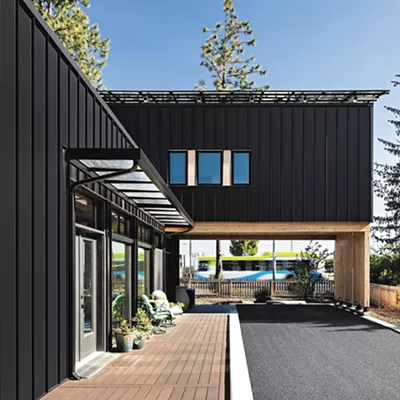Osteoporosis is estimated to cause 1.5 million fractures annually in the United States in people 50 and older. But did you know the prevention of this bone-related disorder starts when you’re just 12 to 14 years of age?
Up to 90 percent of bone mass is created during childhood and the teenage years. After about age 30, bone reabsorption starts to exceed the body’s capacity to build bone. Bone health becomes a balancing act of minimizing bone loss, hoping that reserves built up in the younger years are adequate.
Since there is a limited time to build up bone density, it is important to maximize opportunities for developing strong bones during those crucial years. One way is to make sure bones are adequately stressed. This concept is so important in bone physiology that it has become law, as in Wolff’s Law, named after a 19th-century German anatomist. Basically, he demonstrated that bones adapt to the loads placed on them. No load, puny bone strength. Bigger load, stronger bones. So it is no wonder that in a recent study of adolescents by the Griffith Institute of Health and Medical Research, jumping, skipping and other high-impact activities were shown to benefit whole-body bone mass in all of the participants. The American College of Sports Medicine recommends adolescents get at least 10 to 20 minutes of high-impact activity at least three days a week.
With age, bones naturally become thinner, because after around age 30, when peak bone density is reached, bone begins to be reabsorbed faster than new bone is made. It can’t be overstated: The stronger your bones are when you hit 30, the longer it will take for the effects of bone loss to become harmful.
Medications have proven to help decrease bone loss. And there’s no denying the need to make sure you get enough calcium, vitamin D and other nutrients.
Another important component of maintaining bone health is making sure you get enough exercise, and enough of the right kind of exercise.
Physical activity, particularly weight-bearing activities, are thought to provide the mechanical stimuli or “loading” important for the maintenance and improvement of bone health.
If you are healthy with no sign of weak bones, you can do weight-bearing, high-impact exercise for maximum effect on bone density. These exercises include jumping rope, dancing, jogging or running, climbing stairs, hiking or playing tennis. They have the added benefit of improving your strength and agility and helping to prevent falls.
If high-impact activities aren’t in your future, using an elliptical trainer, walking or taking a low-impact aerobics class can be effective in strengthening bone.
Over the past 10 years, nearly two-dozen studies have shown a direct positive relationship between resistance training and bone density. Resistance training may prove to be the most effective way and safe way to strengthen bones. Head to the gym for a workout with free weights and weight machines. Or use your body weight to stimulate bone and strengthen functional movements. Try repeatedly standing up and sitting down, doing a wall squats, or rising up on your tiptoes. Add some weights in your hands for extra resistance. Don’t neglect muscles that help strengthen spinal muscles and improve your posture in your workout.
And remember, although water-based exercise and bicycling are a great part of an overall fitness program, they won’t help build bones.















